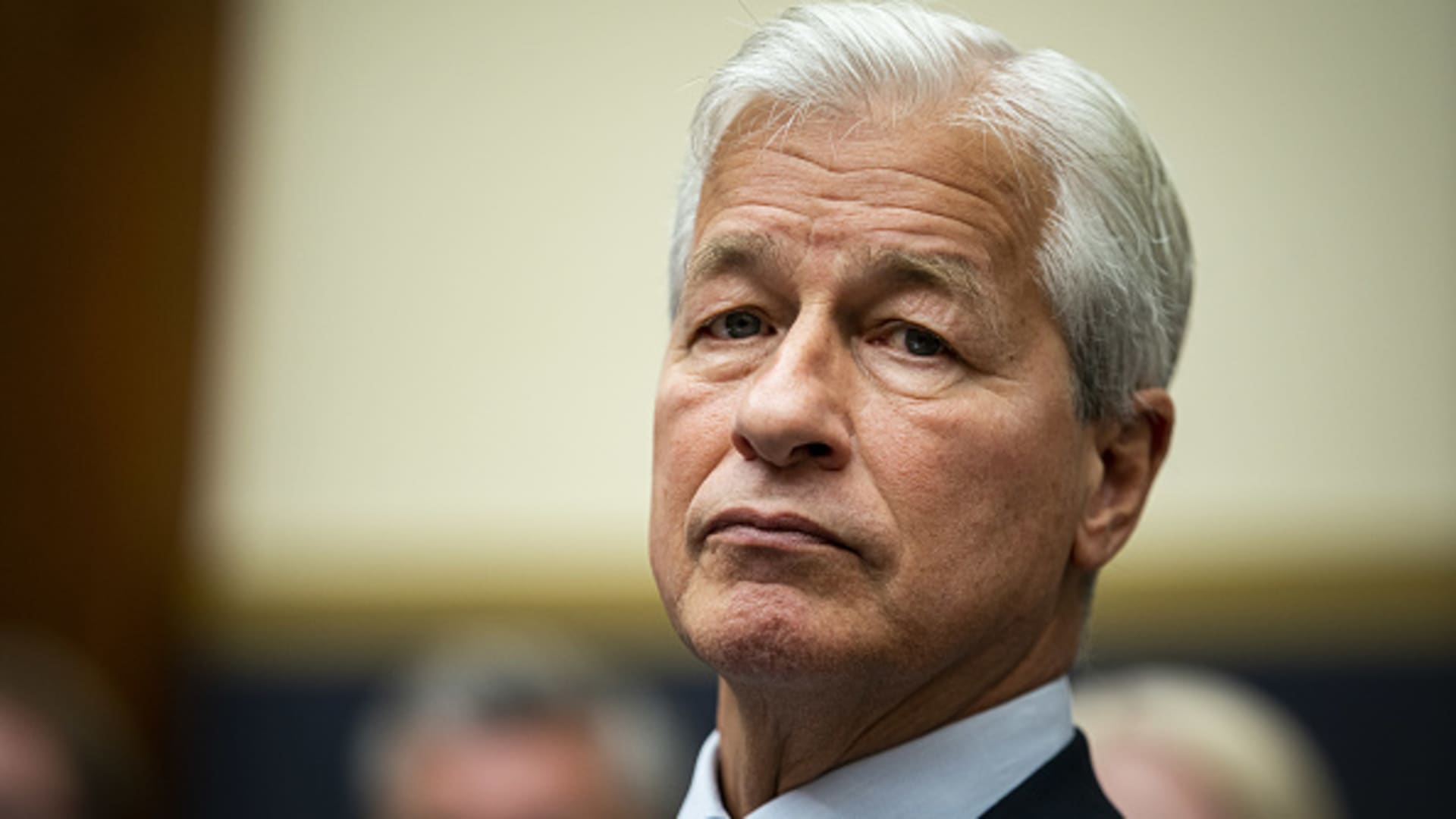AI-powered Dynatrace is a turnaround story that’s building on a strong start to the current fiscal year that ends next March, according to Guggenheim Securities. Analysts led by Howard Ma upgraded shares to buy from neutral and introduced a $66 price target. That implies the stock — down this year but ahead nearly 20% in the past three months — could gain another 25.5% over the next 12 months. Dynatrace, a Boston-based developer of software intelligence platforms, is scheduled to report fiscal first-quarter results on July 30, according to FactSet data. Ma’s upgrade is “based on increased confidence that key catalysts for Dynatrace’s business are gaining momentum, coupled with a favorable model setup,” he said in a Wednesday note to clients. “We believe DT can grow at least mid-teens over the next several years making for a sustainable Rule of 45+ company that stands to benefit from secular tailwinds,” Ma said, adding that he expects the company to modestly raise its fiscal year 2026 guidance when it reports results. Dynatrace offers AI-enhanced analytics and automation to help clients monitor and optimize app performance, software development, cyber security practices and other systems infrastructure. DT 1Y mountain Dynatrace performance over the past year. According to Ma, Dynatrace’s log management business should power earnings growth well into next year. Improved seasonal trends that began in April could also help drive additional upside, Guggenheim argued, adding that the company is seeing large enterprise customers begin to consolidate more tools on its platform, contributing to subscriptions growth. “Dynatrace’s core APM products have been benefiting from continued application modernization, including new app development,” Ma said, referring to Application Performance Management. “With a significant percentage of customers now on [Dynatrace Platform Subscription], the collective usage expansion is driving overages and early renewals, which partners say is driving significant deal size uplifts, with some in the 30-50% range (after rate card discounts), and in some cases even doubling.”








